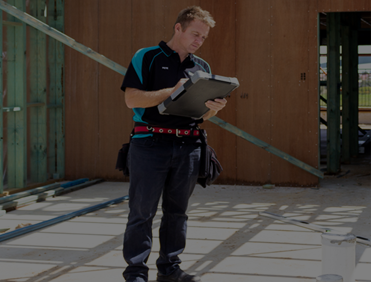Methamphetamine Inspection
It has been reported that Australia has the highest number of meth users per capita and methamphetamine use has tripled in the last five years. We highly recommend our clients who lease properties engage a Next Level Inspector to identify any suspected methamphetamine contamination. We suggest sampling in pre-lease and end of lease agreements. Cleaning and rectification costs can be costly therefore it is in the interest of the client to know the condition of the property before tenants take residence.
What is Methamphetamine?
Methamphetamine is a powerful, highly addictive stimulant that affects the central nervous system. It takes the form of a white, odourless, crystalline powder that dissolves easily in water and alcohol.
Methamphetamine is a drug with high potential for widespread abuse. It is important to understand that the negative health effects are not just there during the manufacturing process but a former meth lab property can also become contaminated through residue left behind, not only though cooking but also through the smoking of methamphetamine.
Residue can be transferred via:
- Contact: Serious burns can be caused if the chemicals used to produce methamphetamine come into contact with the skin. The residues left behind in a Meth contaminated property can also be absorbed into the skin causing nausea, headaches, sickness or long term exposure leading to organ failure.
- Ingestion: Ingesting toxic chemicals–or methamphetamine itself–may result in potentially fatal poisoning, internal chemical burns, damage to organ function, and harm to neurological and immunologic functioning. Young children present in Meth contaminated sites are at particular risk of ingesting chemical residues left behind. Toxic chemicals can be ingested either by consuming contaminated food or beverages or by inadvertently consuming the chemicals directly.
Contamination Levels:
Contamination levels greater than .50μg per 100cm2 (residential) are dangerous and require a property to be remediated which can be a very costly exercise. Remediation may involve treating or removing carpet, soft furnishings, removing furniture, wall linings, ceilings, electrical wiring, air conditioners, heating and insulation.
Discovering contamination early on makes remediation less expensive:
- Swab samples from the property will be tested by a NATA (National Association of Testing Authorities) accredited laboratory, which utilises standard methods and techniques to identify Methamphetamine residue.
- Lab analysis of samples may take up to 2-7 working days.
- After that time a full report including the confirmed findings from the lab results will be provided. In the report we will discuss safe management and recommendations regarding remediation through cleaning using specialised cleaning products and equipment.
The current guidelines state that concentrations greater that 0.5μm in residential properties should be remediated through cleaning with specialised cleaning products and equipment and levels greater than 2.0μm should be remediated through the disposal or all porous building products such as carpets, curtains, timber and plasterboard.




